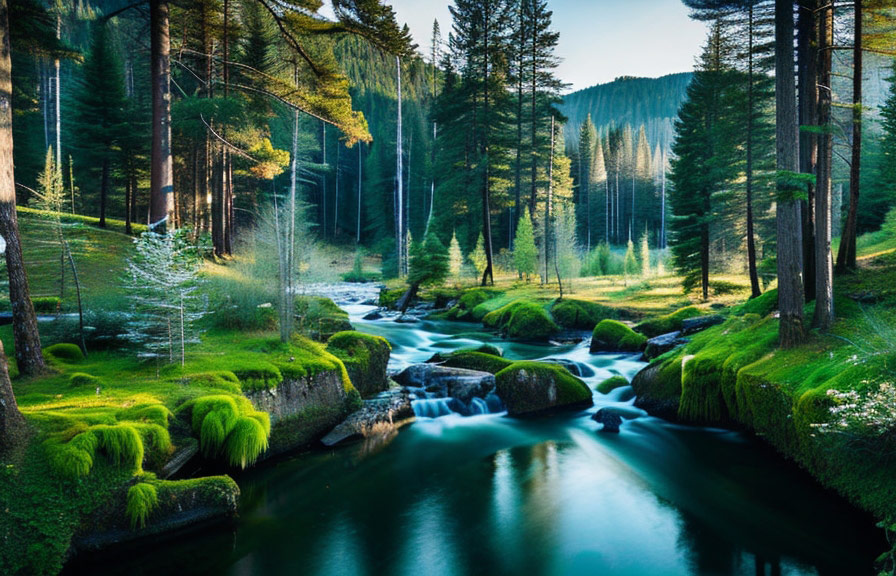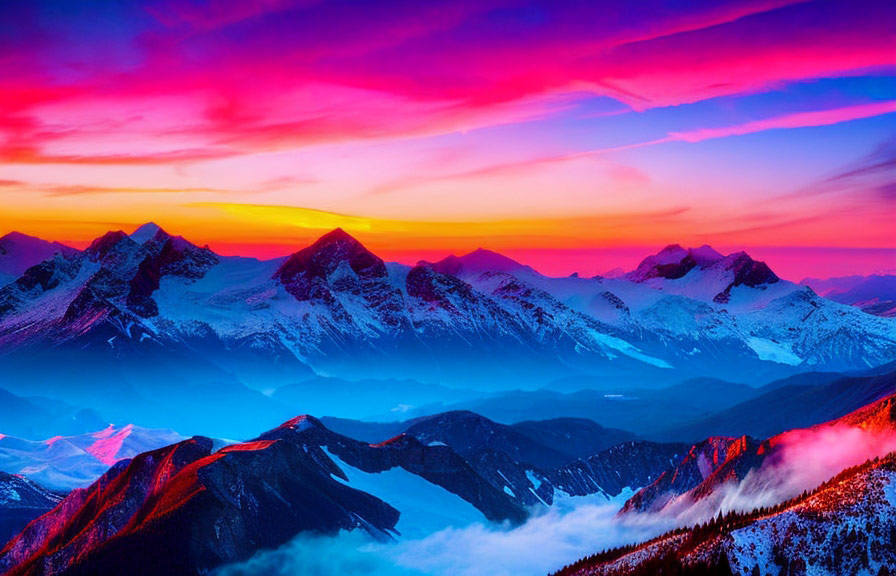Did you know that landscape photography has been around for over a century? in fact, one of the first known landscape photos was taken by the french photographer joseph Nicephore Niepce in 1826. since then, landscape photography has evolved into a popular genre, and it's no wonder why.
The world is filled with stunning vistas and breathtaking scenery, just waiting to be captured through the lens of a camera.

In this post, we'll explore how to find and photograph landscapes, how to choose the right camera for landscape photography, and what the best lenses are for capturing those awe-inspiring images. stay tuned for a little-known fact about landscape photography that you probably never heard of!
Finding and photographing landscapes
The first step in taking a professional landscape photo is, of course, finding a landscape to photograph. here are some tips on how to find the perfect location:
1. Research: use online resources, such as google earth, instagram, or photography forums, to find stunning locations in your area or around the world.
2. Scout in person: go out and explore your surroundings.
Visit local parks, hikenearby trails, or take a road trip to find hidden gems.
3. Pay attention to the time of day: the golden hour (the hour before sunset and after sunrise) and the blue hour (the hour before sunrise and after sunset) provide the most flattering light
For landscape photography.
4. Use apps: there are numerous apps available to help you find the best spots and times for landscape photography, such as photopills or the photographer's ephemeris.
Once you've found the perfect location, it's time to set up your shot. here are some tips for capturing a professional landscape photo:
1. Use a tripod: this will ensure that your camera is stable, allowing for sharper images and the ability to use slower shutter speeds.
2. Compose your shot thoughtfully: use the rule of thirds, leading lines, and natural framing to create a visually appealing image.
3. Focus on a strong subject: even though you're capturing a landscape, it's essential to have a strong focal point to draw the viewer's eye.
4. Wait for the right conditions: be patient and wait for the perfect weather, lighting, and atmospheric conditions to capture the true beauty of the scene.
Choosing the right camera for landscape photography
When it comes to landscape photography, the camera you choose plays a significant role in the quality of your final image. here are some factors to consider when selecting a camera:
1. Sensor size: cameras with larger sensors, such as full-frame or medium format, can capture more detail and dynamic range, which is crucial for landscape photography.
2. Resolution: higher resolution cameras, with more megapixels, allow for larger prints and more cropping flexibility.
3. Dynamic range: a camera with a wide dynamic range can better capture the difference between the darkest and lightest parts of a scene, preserving details in both areas.
4. Weather resistance: landscape photography often means shooting in harsh conditions, so having a camera that can withstand the elements is a plus.
Some popular landscape photography cameras include the canon eos r5, nikon z7 ii, and sony a7r iv. however, it's essential to choose a camera that fits your budget and meets your specific needs.
Best lenses for landscape photography
Choosing the right lens is just as important as selecting the right camera. here are some tips for picking the best lens for landscape photography:
1. Wide-angle lenses: these lenses, typically between 14mm and 35mm, are the most popular for landscape photography, as they capture a broad view of the scene and can emphasize the sense of depth and scale. 2.
Telephoto lenses: while not as common, telephoto lenses (70mm or longer) can be used to compress the scene, creating a different perspective and isolating specific parts of the landscape.
3. Prime vs. zoom lenses: prime lenses often have better image quality and a wider aperture, while zoom lenses
Offer more versatility in framing your shot. both can be useful in landscape photography, depending on your priorities.
4. Consider weight and size: if you're hiking or traveling to reach your landscape photography locations, you'll want to consider the weight and size of your lenses.
Some popular landscape photography lenses include the nikon 14-24mm f/2.8, canon 16-35mm f/2.8, and sony 16-35mm f/2.8.
Now, as promised, here's a fun fact about landscape photography that you probably never heard of: ansel adams, the famous american landscape photographer, was also a skilled pianist. in fact, he originally planned to pursue a career in music before discovering his passion for photography.
Just imagine how different the world of landscape photography would be without ansel adams' iconic images!
By following thetips and advice outlined in this blog post, you'll be well on your way to capturing professional landscape photos that showcase the true beauty of the world around you. remember to research and scout locations, pay attention to the time of day, choose the right camera and lens,
And compose your shots thoughtfully. with practice and patience, you'll soon be creating stunning landscape images that will captivate your audience and stand the test of time. happy shooting!
